Website www.orlan.net Role Artist | Name Mireille Porte Period Contemporary art | |
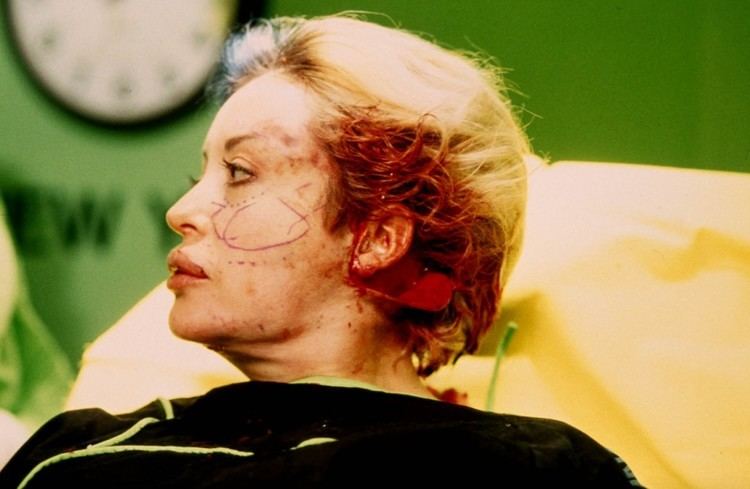 | ||
Full Name Mireille Suzanne Francette Porte Artwork Le Baiser de L'Artiste, The Origin of War | ||
French artist orlan narcissism is important
ORLAN (born Mireille Suzanne Francette Porte) is a French artist, born May 30, 1947 in Saint-Étienne, Loire. She adopted the name ORLAN in 1971, which she always writes in capital letters : "ORLAN". She lives and works in Los Angeles, New York, and Paris. She was invited to be a scholar in residence at the Getty Research Institute in Los Angeles, for the 2006-2007 academic year. She sits on the board of administrators for the Palais de Tokyo in Paris, and is a professor at the École nationale supérieure d'arts de Cergy-Pontoise.
Contents
- French artist orlan narcissism is important
- The future of the body with performance artist orlan
- Early works
- The Reincarnation of Saint ORLAN
- Recent works
- Exhibitions 2000s
- References
Although ORLAN is best known for her work with plastic surgery in the early to mid-1990s, she has not limited her work to a particular medium.
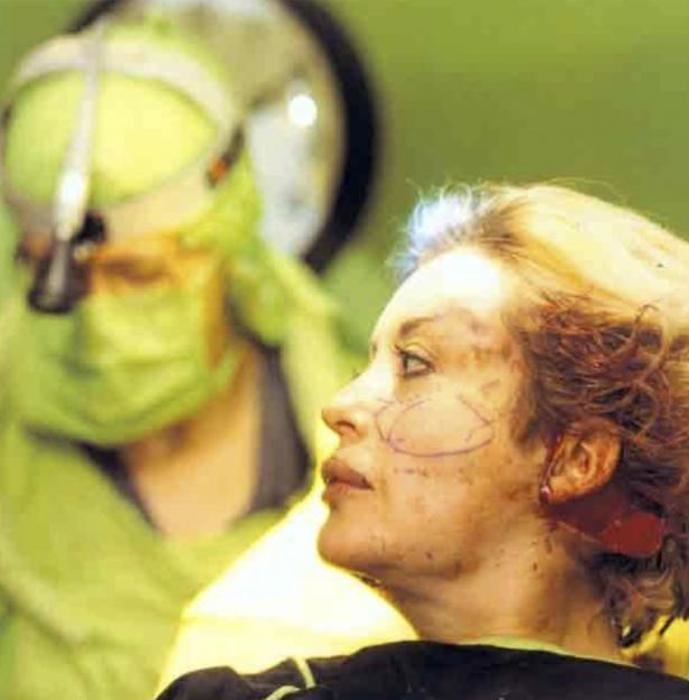
About her importance in art history as a body artist, in "The Narrative" monograph (2007):
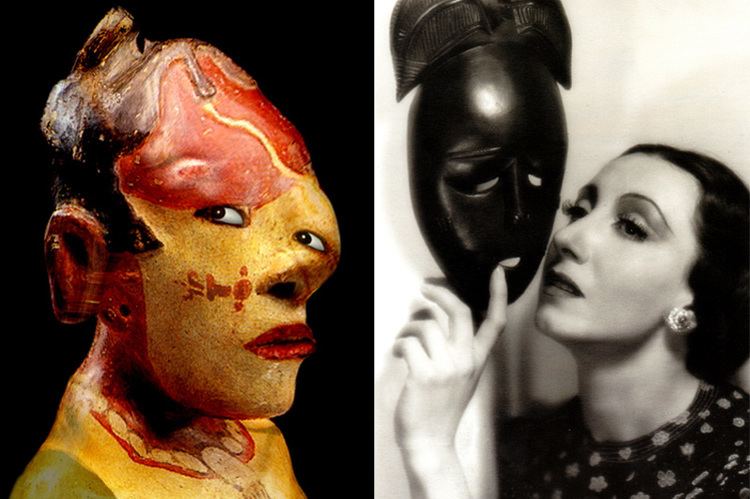
– "Revisiting ORLAN's history, from the early sixties to the present day, means, above all, rediscovering the history of the poetics of the body, in which body art and carnal art are the fundamental stages. Real body and imaginary body, lived body and emotional body, mystic body and social body, diffuse body and hybrid body, all merge together in the ceaseless flow of references in ORLAN's work."
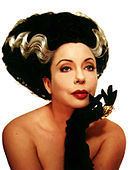
The future of the body with performance artist orlan
Early works
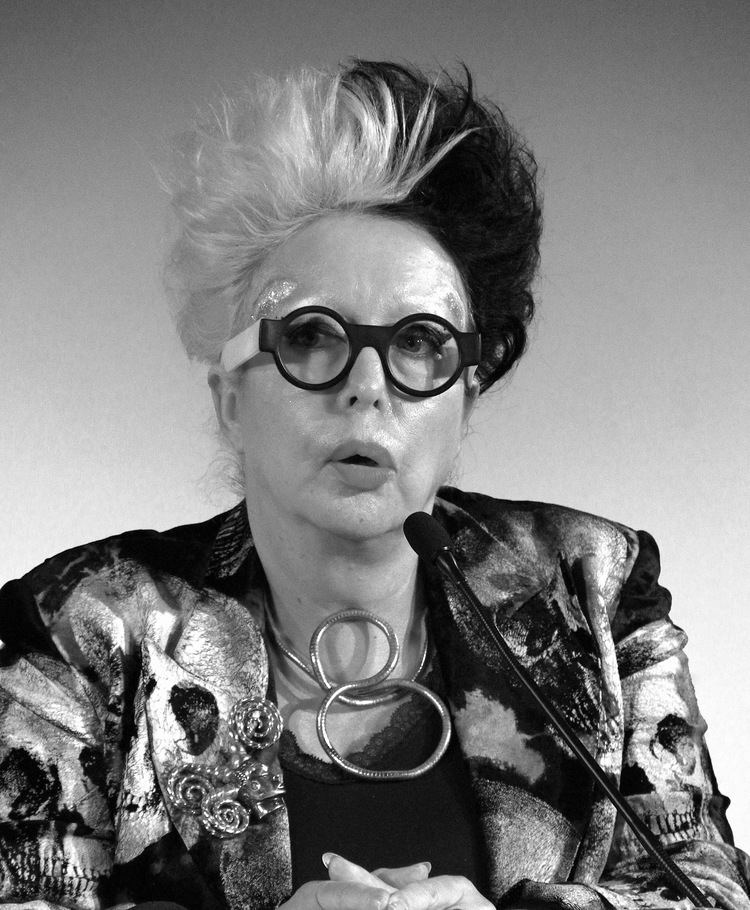
In 1964, while in her home town of Saint-Étienne, she started the "Marches au ralenti" ("Slow motion walks"), in which she would walk as slowly as possible between two central parts of the city.
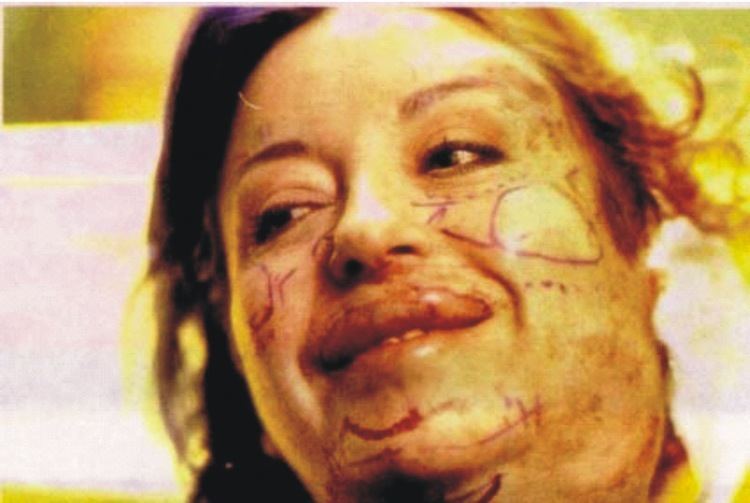
From 1965, she performed the "MesuRages", in which she would use her own body as a measuring instrument, called the "ORLAN-body". In this performance, she would measure how many people could fit within a given architectural space, using her "ORLAN-body" as a unit of measurement.
In the "MesuRages," and in later work, Orlan made great use of her "Trousseau". The sheets from her trousseau (a set of household goods and other items traditionally provided to a young woman by her family upon her marriage) were re-purposed by ORLAN in a number of projects.
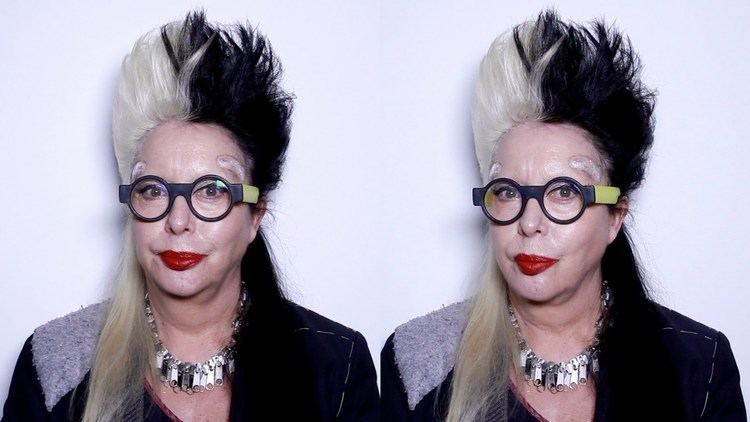
From 1964 to 1966, ORLAN made a series of photographic works known as the "Vintages." She destroyed the original negatives, and only one copy of each photograph remains. In this series, she posed naked in various yoga-like positions. One of the most famous pictures of this series is "ORLAN accouche d'elle m'aime."
From 1967 to 1975, she undertook a new series, the "Tableaux Vivants."
In 1971 she "baptized herself" Sainte-ORLAN.
In 1977, her performance "The Artist's Kiss" (Le baiser de l'artiste), during the FIAC in Paris, became a huge scandal. Outside the Grand Palais, a life-size photo of her torso was turned into a slot machine. After inserting a coin, one could see it descending to the groin, and then was awarded a kiss from the artist, who stood on a pedestal behind it.
In 1978, she created "Documentary Study: The Head of Medusa," which took place at the Museum Ludwig, Aachen. The motto of the performance was Freud's quotation on the Head of Medusa: "at the sight of the vulva, even the devil runs away." The artist displayed her sexual organs under a magnifying glass during menstruation.
In 1978, she founded the International Symposium of Performance in Lyon.
In 1982, she created the first online magazine of contemporary art, Art-Accès-Revue, on France's precursor to the Internet, the Minitel.
The Reincarnation of Saint-ORLAN
The Reincarnation of Sainte-ORLAN, a new project that started in 1990, involves a series of plastic surgeries through which the artist transformed herself into elements from famous paintings and sculptures of women. As a part of her 'Carnal Art' manifesto, these works were filmed and broadcast in institutions throughout the world, such as the Centre Georges Pompidou in Paris and the Sandra Gehring Gallery in New York. ORLAN's goal in these surgeries is to acquire the ideal of female beauty as depicted by male artists. When the surgeries are complete, she will have the chin of Botticelli's Venus, the nose of Jean-Léon Gérôme's Psyche, the lips of François Boucher's Europa, the eyes of Diana (as depicted in a 16th-century French School of Fontainebleu painting), and the forehead of Leonardo da Vinci's Mona Lisa. ORLAN picked these characters "not for the canons of beauty they represent... but rather on account of the stories associated with them." ORLAN chose Diana, because she is inferior to the gods and men, but is leader of the goddesses and women; Mona Lisa, because of the standard of beauty, or anti-beauty, that she represents; Psyche, because of the fragility and vulnerability within her soul; Venus, for carnal beauty; and Europa, for her adventurous outlook on the future.
Instead of condemning cosmetic surgery, ORLAN embraces it; instead of rejecting the masculine, she incorporates it; and instead of limiting her identity, she defines it as "nomadic, mutant, shifting, differing." ORLAN has stated: "my work is a struggle against the innate, the inexorable, the programmed, Nature, DNA (which is our direct rival as far as artists of representation are concerned), and God!".
"I can observe my own body cut open, without suffering!... I see myself all the way down to my entrails; a new mirror stage... I can see to the heart of my lover; his splendid design has nothing to do with sickly sentimentalities... Darling, I love your spleen; I love your liver; I adore your pancreas, and the line of your femur excites me." (from Carnal Art manifesto)
"Sainte ORLAN" came from a character that I created for "Le baiser de l'artiste" from a text called "Facing a society of mothers and merchants." The first line of this text was: "At the bottom of the cross were two women, Maria and Maria Magdalena." These are two inevitable stereotypes of women that are hard to avoid: the mother and the prostitute. In "Le baiser de l'artiste" there were two faces. One was Saint ORLAN, a cutout picture of me dressed as Madonna glued onto wood. One could buy a five francs church candle and I was sitting on the other side behind the mock-up of the vending machine. One could buy a French kiss from me for the same amount of money one could buy a candle. The idea was to play on the ambivalence of the woman figure and the desire of both men and women towards those biblical and social stereotypes. Being showcased in the Paris International Contemporary Art Fair, the artwork was somehow both an installation and a performance," said ORLAN, in her interview with Acne Paper.
Recent works
Since 1994, ORLAN has been creating a digital photographic series titled "Self-Hybridizations," where her face merges with past facial representations (masks, sculptures, paintings) of non-western civilizations. So far, three have been completed: Pre-Columbian, American-Indian and African.
In 2001, she orchestrated a series of filmic posters, "Le Plan du Film", with various artists and writers. The posters affirm the existence of films which do not actually exist. The posters question the notions of character and narrative reflected in the social reality of individual roles and stories.
In 2007, ORLAN collaborated with the Symbiotica laboratory in Australia, resulting in the bio-art installation "The Harlequin's Coat".
Part of her on-going work includes "Suture/Hybridize/Recycle", a generative and collaborative series of clothing made from Orlan's wardrobe and focusing on suture: the deconstruction of past clothing reconstructed into new clothing that highlights the sutures.
